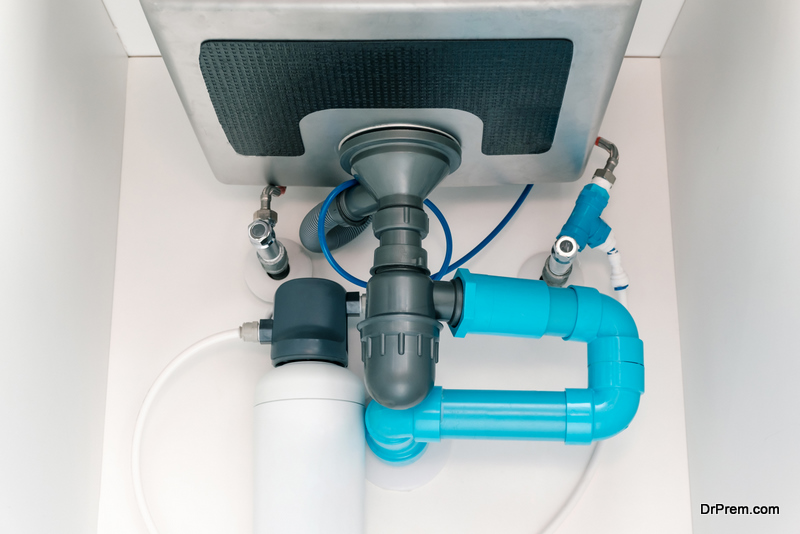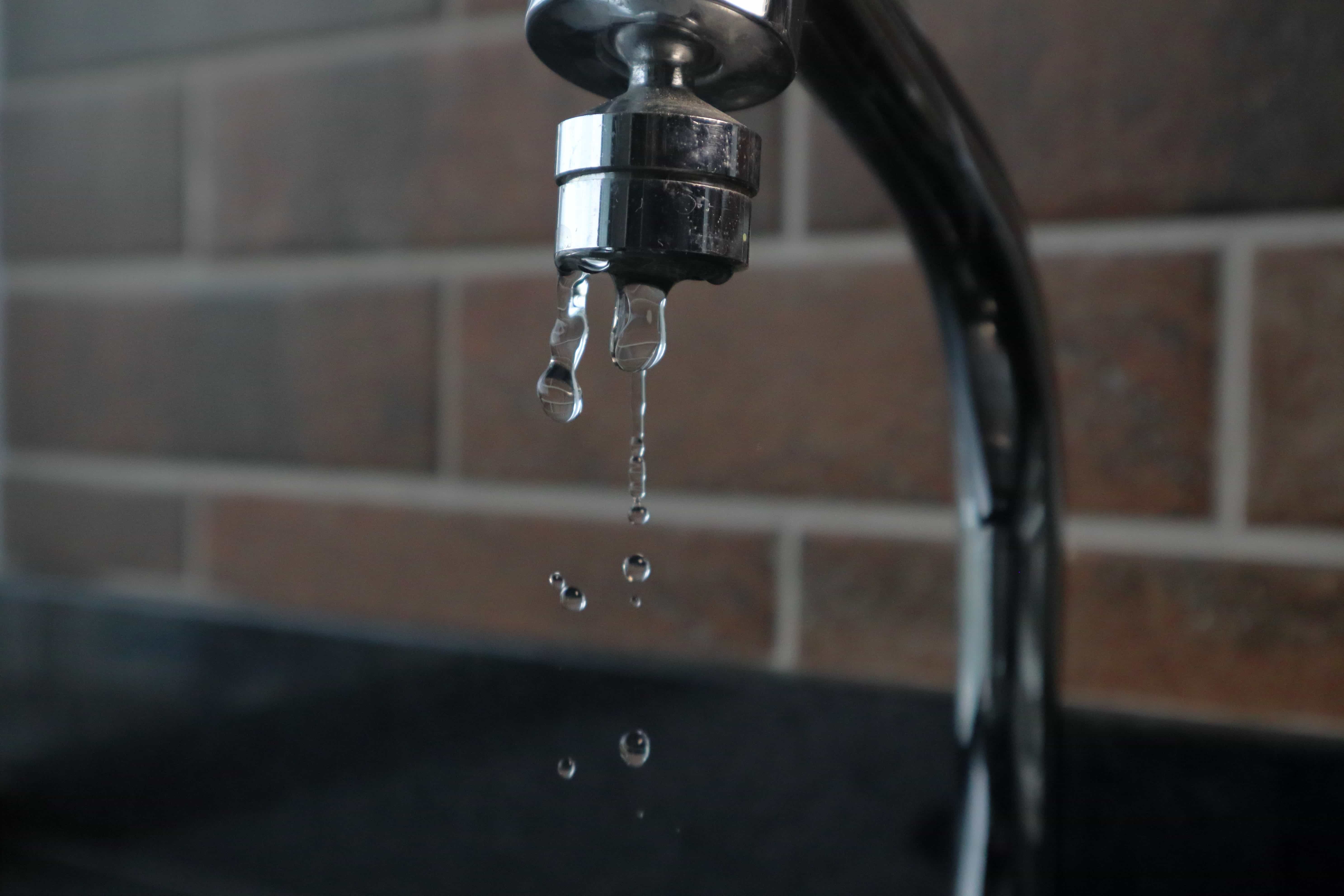Guide to Choose Green Plumbing Materials
Guide to Choose Green Plumbing Materials
Blog Article
The article which follows on the subject of Eco-Friendly Plumbing Practices for a Greener Home is highly informative. Don't miss it.

Selecting green pipes products not only helps in reducing your environmental impact yet also can improve the sustainability and performance of your home. Here's a guide to help you navigate the choices for more environmentally aware pipes options.
Take into consideration the Product's Life-span
Opt for pipes materials that provide toughness and longevity. Longer-lasting materials mean less substitutes, minimized waste, and lower long-term environmental impact. As an example, copper and stainless steel are both very durable and 100% recyclable, which helps minimize waste.
Look For Recycled Material
Pick products that contain recycled content. Lots of steel pipes items, like those made from copper and stainless steel, commonly consist of a significant percentage of recycled materials. PVC and PEX can also include recycled plastics, though their general environmental effect may be higher as a result of their production and disposal procedures.
Evaluate the Production Process
Try to find items manufactured with eco-friendly processes. This consists of materials like actors iron or copper, which can be generated with a reasonably reduced environmental effect compared to plastics that call for chemical-intensive production processes.
Focus On Water Effectiveness
Picking water-efficient fixtures, such as low-flow bathrooms, faucets, and showerheads, is crucial. These fixtures decrease water usage, which not only decreases your water bill however also reduces the energy consumed in water heating and lowers the pressure on sewer treatment centers.
Choose Non-Toxic Products
Prevent materials that seep chemicals into the supply of water. Copper and PEX are usually non-toxic, but it is necessary to ensure that any type of plastic elements do not have harmful chemicals like BPA or phthalates, especially for drinking water lines.
Consider the Power Required for Water Home Heating
Select plumbing formats and materials that lower the energy required for heating water. Shielding your hot water pipelines and choosing efficient system formats can substantially lower the power utilized, therefore lowering your home's general carbon footprint.
Opt for In Your Area Sourced Materials
Using in your area sourced materials can decrease the carbon emissions associated with transport. Furthermore, sustaining regional companies helps advertise a lasting local economic situation.
Examine End-of-Life Disposal
Think about the recyclability and biodegradability of pipes products. Steels like copper and steel are frequently recyclable, while some plastics and rubbers might not be, contributing to garbage dump waste. Understanding the lifecycle of the materials you select can assist in making a much more lasting decision.
Look for Certifications
Choose items with environmental accreditations. Certifications like EPA's WaterSense, GREENGUARD, or Cradle to Cradle (C2C) show that items satisfy rigid environmental criteria throughout their lifecycle.
Conclusion
Picking green plumbing products involves taking into consideration the toughness, recycled web content, making process, water and energy efficiency, toxicity, sourcing, disposal, and accreditations of the products. By making informed selections, homeowners can dramatically decrease their environmental effect while making certain the performance and long life of their pipes systems.
The Impact of Plumbing Materials on the Environment
When buying a home you may be interested in having a sustainable home, and one of the most important aspects that you should not overlook the plumbing systems. With water contamination getting more and more common lately, it’s important to understand how plumbing systems work and their impact on the environment. Drinking water is carried through these pipes everyday and when choosing plumbing materials we must consider ecological toxicity, air pollution, fossil fuel depletion, and global warming.
Low Cost
When buying a home you may be looking for the cheapest way to be sustainable. Although some environmentally-friendly products may be somewhat more expensive than their competitors, money will be saved in the form of reduced water usage and decreased energy consumption in the long run.
A Life Cycle Inventory of residential plumbing systems done in 2011 showed that CPVC systems demonstrate 5% less energy waste than PEX systems and 17% less than copper. This study also indicated that CPVC systems wanted 30% less water than copper and 15% less than a PEX system. These numbers are likely due to the differences in thermal conductivity between these materials.
Copper has a thermal conductivity that is hundreds of times higher than plastics. PEX materials are the least thermal conductive of the three tested and this is why it is better in conserving water and energy.
Sustainability
While environmental performance is important, people can still be concerned about the sustainability of their home. The use of proper plumbing materials when building a home can greatly affect the future sustainability of the home, which can also affect future costs and bills.
A relatively new factor in plumbing, eco-friendly pipe materials can reduce both energy costs, and the overall environmental footprint of your home. These materials are not as widely available due to their recent introduction to the industry, but an understanding of the benefits of each can help save both money and the environment later down the line.
Environment-Friendly Materials
The two most common types of piping material in use today are metals like iron and copper, and PVC piping. Of the two, metal piping is more environmentally friendly and sustainable, but not without drawbacks.
PVC piping however, is notorious for low sustainability, contaminating water with chemicals, and increased waste or “greywater”. While PVC is recyclable, the process is expensive and not in high demand due to the cheap price of fresh PVC.
Metal piping however, has a longer lifespan with less chance of deterioration and no harmful chemical waste that could contaminate your water and potentially harm you or your family. Metal piping is susceptible to corrosion however, usually after a long fifty year lifespan.
The best alternative to these two pipings is relatively new eco-friendly plastics like the ones mentioned earlier. Polyethylene and polypropylene are the two main ingredients in these pipes which are recognized by Greenpeace, an environmental organization, to be the only “future-friendly” piping material on the market.
The more natural and longer lasting materials prevent long term contamination with eco-friendly materials that last long enough to rival the longevity of metal piping. Even local Atlanta plumbers and plumbing installers should have access to the materials you need to make your house eco-safe.
https://www.ecomena.org/impact-of-plumbing-materials-on-environment/

I ran across that review on What are some eco-friendly plumbing solutions? while doing a search on the search engines. Sharing is nice. You won't know, you may very well be doing someone a favor. Kudos for being here. Revisit us soon.
Additional Information Report this page